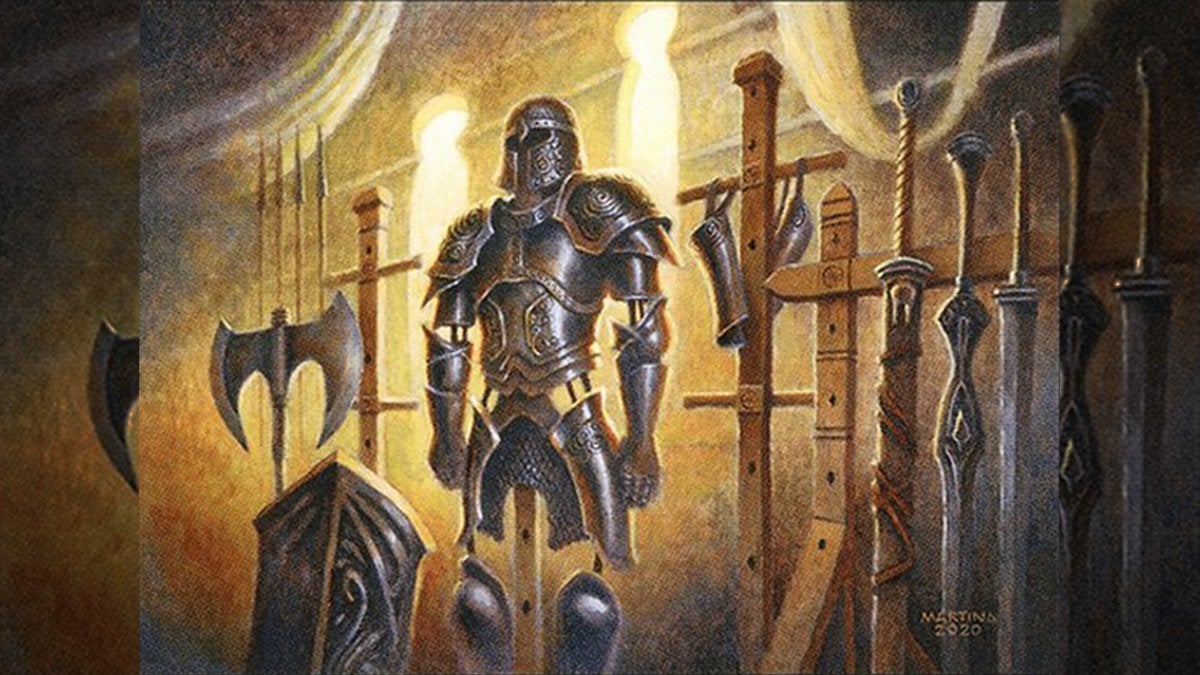![]() Key Takeaway
Key Takeaway
Ward is a triggered ability that forces the opponent to pay a mana cost when they target one of your permanents with a spell or ability. If the opponent does not pay the mana cost (set by your permanent with Ward), the spell or ability gets countered—and by “countered,” we mean that spell or ability will do nothing.
You can use abilities like Ward in Magic: The Gathering to give yourself solid defensive advantages in any game. Specifically, Ward is a great way to force your opponent to use more mana than necessary to target one of your permanents—which leaves them vulnerable to a deft counterattack!
Table Of Contents
What Is Ward?
A permanent with the Ward ability cannot be affected by an opponent’s spells or abilities that target a permanent unless the opponent pays a mana cost.
Since Ward is a triggered ability, it only activates when an opponent does not pay the mana cost set by your permanent with Ward. When Ward activates and prevents an effect from happening, this is called “countering.”
Sometimes, activating Ward on a permanent requires a cost besides mana—such as discarding a card or sacrificing a permanent.
An Example of How Ward Works
Let’s look at an example to help clarify how Ward works in battle: you control a Giant Ankheg (which has Ward 2) and your opponent casts the sorcery card Disintegrate.
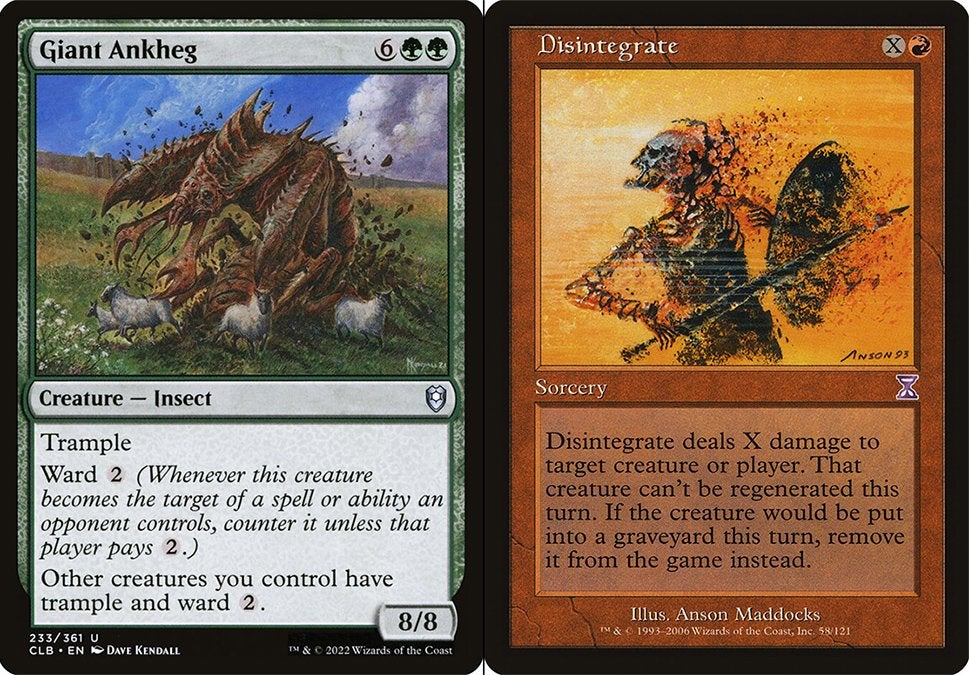
Normally, for Disintegrate to destroy a creature with 8 Toughness, an opponent that plays Disintegrate needs to pay the base mana cost of 1 Red Mana and 8 more points of mana of any color (9 mana total). However, since Giant Ankheg has Ward 2, your opponent needs to pay 2 more points of mana on top of the initial cost.
As a result, your opponent now may not be able to destroy your Giant Ankheg because they may not have enough mana. If they only have a mana pool of 9 total, they cannot afford to spend enough to destroy Giant Ankheg—they can only injure it and prevent it from regenerating.
How to Use Ward
Use Ward to protect your most important permanents, like high-cost creatures and other cards that are crucial to your best tactics.
Although by no means is Ward an impenetrable shield: it simply inconveniences opponents when they are targeting some of your permanents. If your opponent has a huge mana pool, Ward won’t bother them much unless you have a card with a Ward ability of 2 or higher (Ward 2, Ward 3, etc.)
Protecting Your Permanents
Keep in mind that there are specific restrictions on what permanents are affected by one with the Ward ability. You’ll easily note these restrictions on the card with Ward, as, above or below the evergreen text, there is more text referring to which of your cards are affected by Ward.
For example, Dragon’s Disciple causes all of your dragon creatures to gain Ward 1 as an ability; however, Dragon’s Disciple’s Ward 1 ability does not affect itself. This leaves Dragon’s Disciple vulnerable to attack, as it does not have Ward 1 nor is it a dragon creature (it is a human monk)—but that’s better than your opponent targeting one of your high-cost dragon creatures.
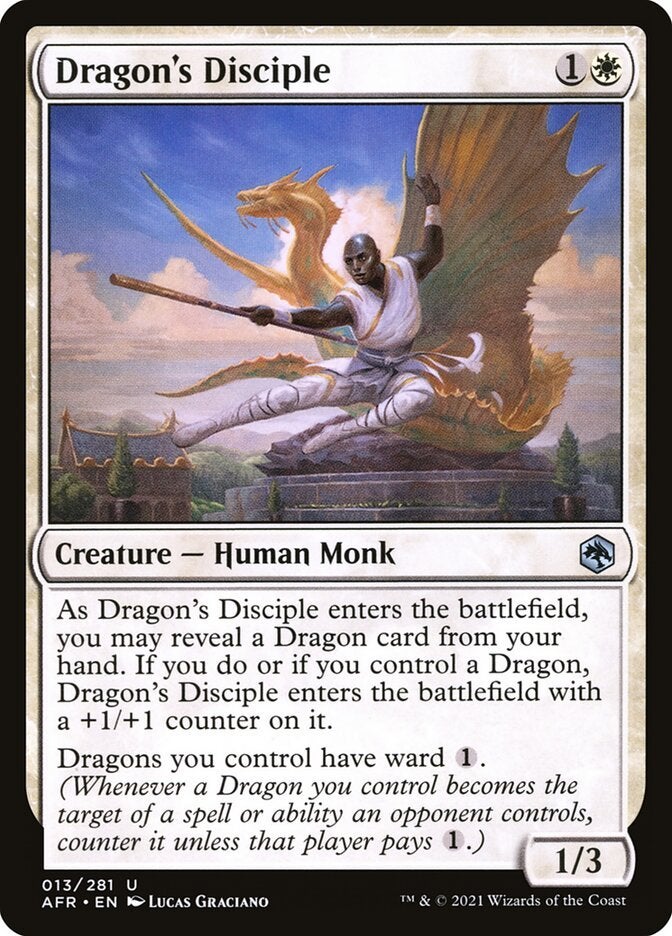
Mana Cost Manipulation
On top of that, there are the cost-manipulation effects of using Ward. All MTG games heavily revolve around mana costs; so making an action cost more mana can really mess up your opponent’s strategies—especially in the early parts of a game.
Even without taking this ability’s effect into consideration, Ward in Magic: The Gathering can be a great deterrent. This results in you gaining an advantage in that you can indirectly steer opponents away from certain actions, such as casting sorceries, instants, and other permanents that need to select a target.
No one wants to spend more mana than they need to: use this to stall opponents until you draw the cards you need or can set up your strategy. Play mind games with your opponent!
How to Counter Ward
If your Ward ability is activated by an opponent targeting one of your permanents—and they don’t pay the Ward cost—then the card with which they targeted your permanent gets countered (it does nothing despite the opponent paying its cost to cast). Keep this in mind if you need to get around someone else’s Ward.
Counter Ward With Uncounterable Cards
Since Ward works through countering effects, cards that have the text “cannot be countered” (uncounterable) ignore Ward. These are the best cards to counter Ward and pierce your opponent’s defenses! Instants like Combust and Sorceries like Banefire are great examples of uncounterable cards that are easy to use.
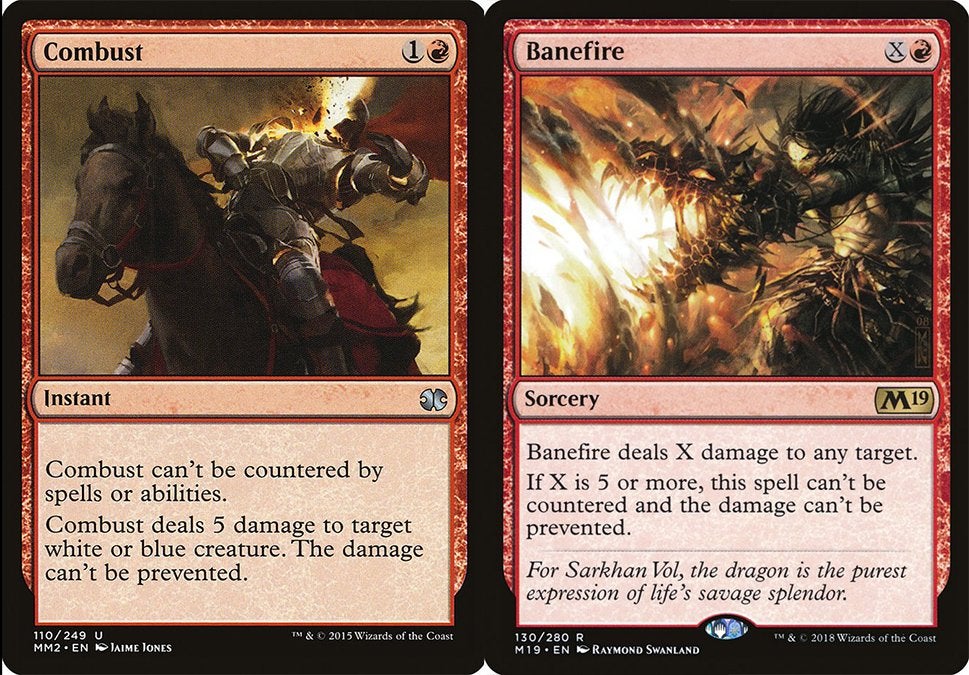
Unleash Your Wrath
Another way to get around Ward is to use cards that hit or destroy all creatures (either on your opponent’s side or on both sides). In the MTG community, cards that have such effects are known as “Wrath” or “Wrath-like.” This term originated from the card Wrath of God, which was released way back during the first print run of Limited Edition (Limited Edition Alpha) in the first core set of Magic: The Gathering.
Since “Wrath” cards hit or destroy all of a type of permanent, they don’t target individual cards. This means that—like uncounterable effects—”Wrath” effects ignore the Ward ability since Ward only prevents specific permanents from being targeted. A more modern “Wrath” card that has seen some competitive play is Cleansing Nova, which can destroy all creatures or destroy all artifacts and enchantments.
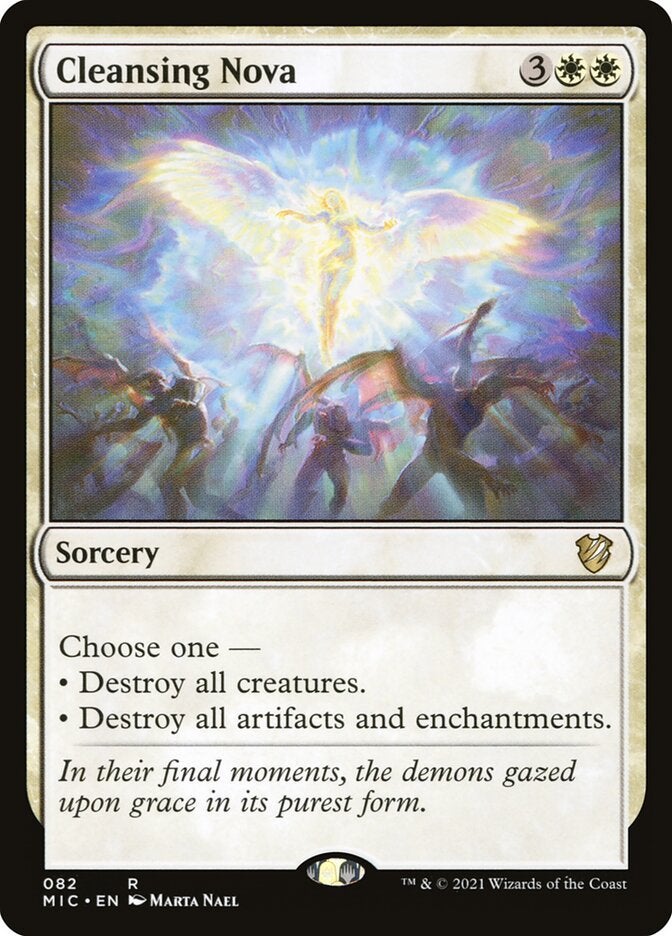
Use Ward in Magic: The Gathering to hinder your opponent as much as possible. If you have a deck that features multiple permanents with this ability, stacking them can be especially effective when messing with your foe’s plans. When you use this tactic properly, you’ll control the game: you’ll gain an advantage and likely keep it. Sometimes the best offense is a solid defense!


